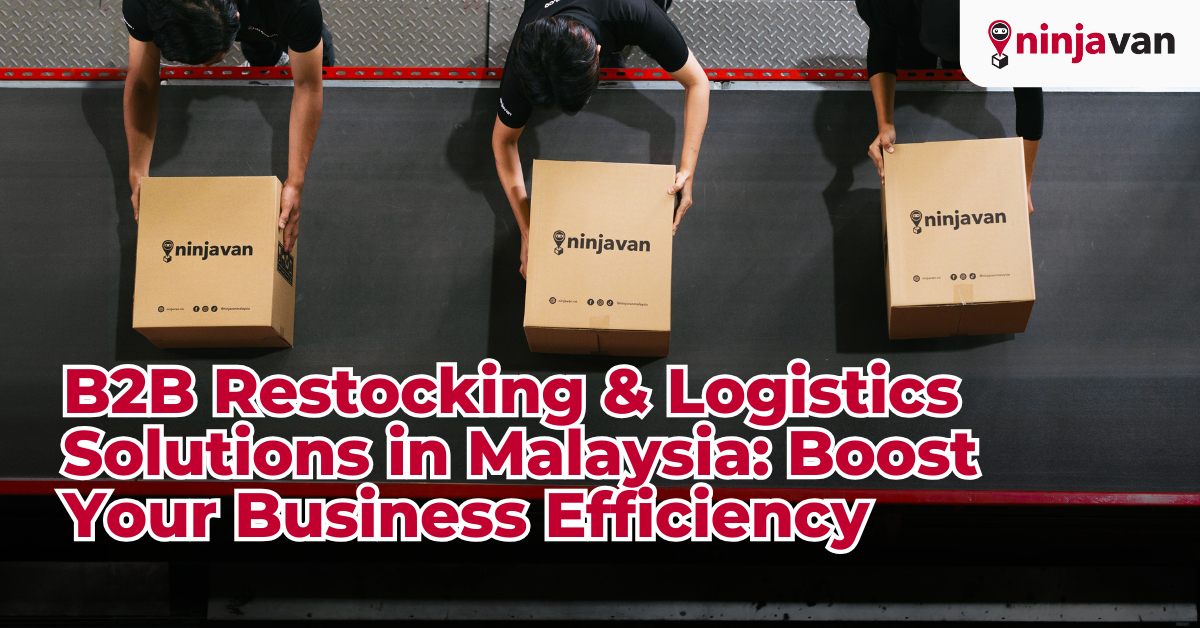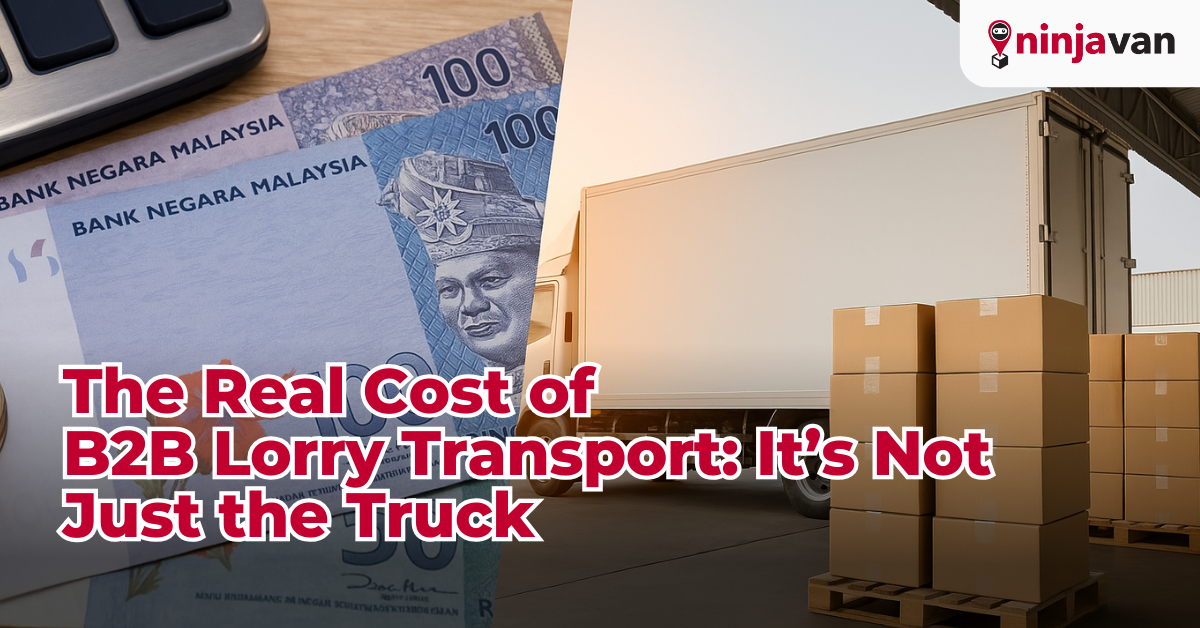The world is ever-accelerating, and businesses in Malaysia and beyond need more than just a solid foundation—they need sayap (wings) to soar. Growth and change go hand in hand, and for local startups and established businesses alike, scaling up is essential. But what is scalability, and why is it the golden ticket to sustainable growth?
What Does ‘Scalable’ Really Mean?

Picture a kampung house (village home) that’s designed to be expanded easily as the family grows. That’s scalability in a nutshell: the ability to grow without being hampered by your starting size or structure. It’s about increasing your company’s reach, sales, and impact without running into performance issues or unsustainable costs.
The Pillars of Scalable Business

To stretch the business elastic band without snapping it, consider these foundational elements:
- Streamlined Processes: Like a well-oiled machine, your business processes should work efficiently at any scale. Think of a satay (meat grilled on a skewer) vendor who starts with one stall and can open several more by using the same recipe and preparation method at each new location.
- Leveraging Technology: Utilising technology isn’t just a buzzword. It’s about making your job easier. Automating your inventory management, for instance, could ensure that whether you’re servicing 50 orders or 5,000, your system handles it with the same ease.
- Effective Customer Relationships: Customer satisfaction isn’t just a nice-to-have; it’s central. In the land of ‘Malaysia Truly Asia,’ where hospitality is key, repeat customers and word-of-mouth referrals can make or break your expansion efforts.
- Resource Flexibility: Being scalable means adapting quickly. This could mean having part-time staff on standby or using cloud-based services that allow you to adjust your usage (and costs) based on current demand.
- Focus on Core Strengths: It’s tempting to branch out into new areas, but spreading yourself too thin can dilute your brand and resources. Like a nasi lemak (rice cooked in coconut milk) seller known for their sambal (spicy condiment), stick to what you’re known for as you grow.
Real-World Examples of Scalability

Tech Startups Leveraging Cloud Power
Malaysian tech startups have been booming, and cloud computing allows them to manage growing user numbers without the traditional constraints of hardware and physical space. For example, bare metal servers using Digital Ocean or Amazon Web Services
The Power of the Subscription Model
A monthly perfume subscription delivered to your home removes the uncertainty from revenue predictions, enabling businesses to plan more effectively for growth. Example, Scentses + Co.
E-Commerce Automation
E-commerce platforms such as Lazada and Shopee make it easier for small businesses to sell online. They handle the complexity of payment and delivery, enabling companies to sell more without worrying about the logistics.
Measuring Scalability
Keep a keen eye on several growth indicators. Are you spending too much on acquiring new customers? Do your customers return after their first purchase? How much are you investing in new resources as you grow? Regularly checking in on these metrics—for example, Google Analytics and Mixpanel—helps ensure your scaling is on the right track.
The How-To Guide for Scalable Growth

- Process Excellence: Creating detailed process documents for your company is like writing down the secret recipe for your crowd-favourite ‘rendang’; it lets you replicate success consistently.
- Smart Tech Investments: Use technology to its fullest to save time and money, whether it’s accounting software to keep track of your ‘satay’ sales or social media to market your local handicrafts.
- Intelligent Marketing Efforts: Use clever marketing tactics to keep customers interested and attract new ones. This could be anything from online ‘durian parties’ in off-seasons to ‘buy-one-give-one’ promotions during festivals.
- Maximise Customer Value: Treat each customer like a king (or queen) by providing exceptional service and communication, ensuring they become loyal patrons of your business.
- Elastic Resourcing: Avoid rigid, long-term commitments in favour of flexible options, such as hiring contractors or using a co-working space.
- Continuous Metrics Review: This is like having regular meeting sessions with your team to discuss what’s working and what isn’t, allowing you to shift strategies on the fly.
The Blueprint for Sustainable Growth

Scalability is more than just expanding—it’s about growing wisely and keeping a firm grip on what makes your business special, even as you reach for greater heights. Stay adaptable but also true to your core offerings, and you’ll find that scaling is both rewarding and attainable.
Special Offer for Your Scaling Journey

To help you step into scalable growth, we’re giving you a boost—enjoy 5 FREE Ninja Van deliveries when you register a new account. This allows you to worry less about logistics and focus more on what you love doing—growing your business.

Final Thoughts
Scaling up is essential, but it’s not just about size—it’s about healthily managing your business’s growth, ensuring it thrives under larger demands without losing its essence. In Malaysia, where the business landscape is varied and vibrant, scalability means resilience, the ability to rise to challenges and opportunities with the same ‘Malaysia Boleh’ spirit.
By integrating efficient processes, adopting the right technologies, focusing on customer experiences, managing resources with agility, and constantly evolving through informed decision-making, businesses can not only scale up but also scale smartly. Becoming scalable, therefore, isn’t just a growth strategy—it’s a path to business excellence and longevity in the heart of Southeast Asia and beyond.







